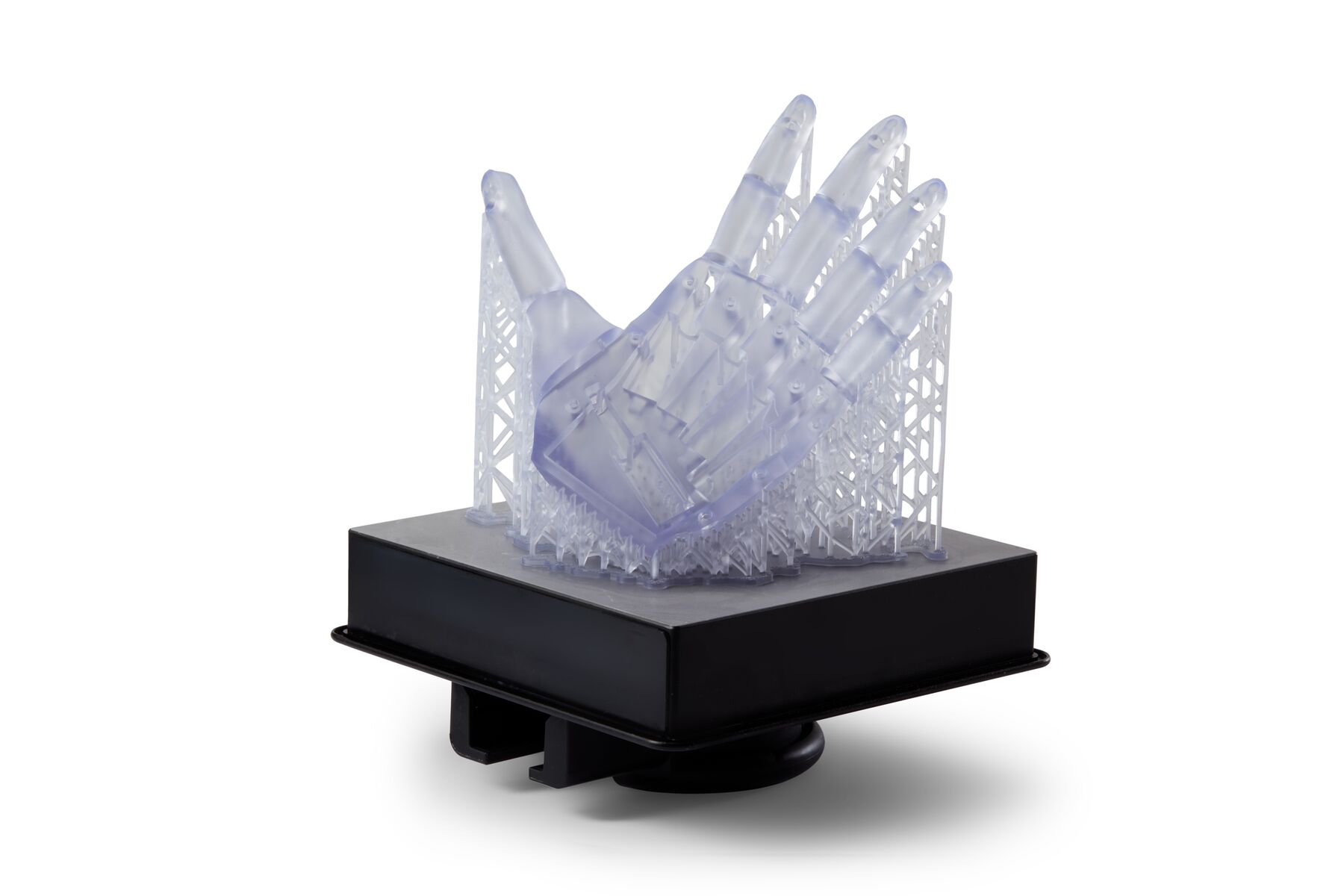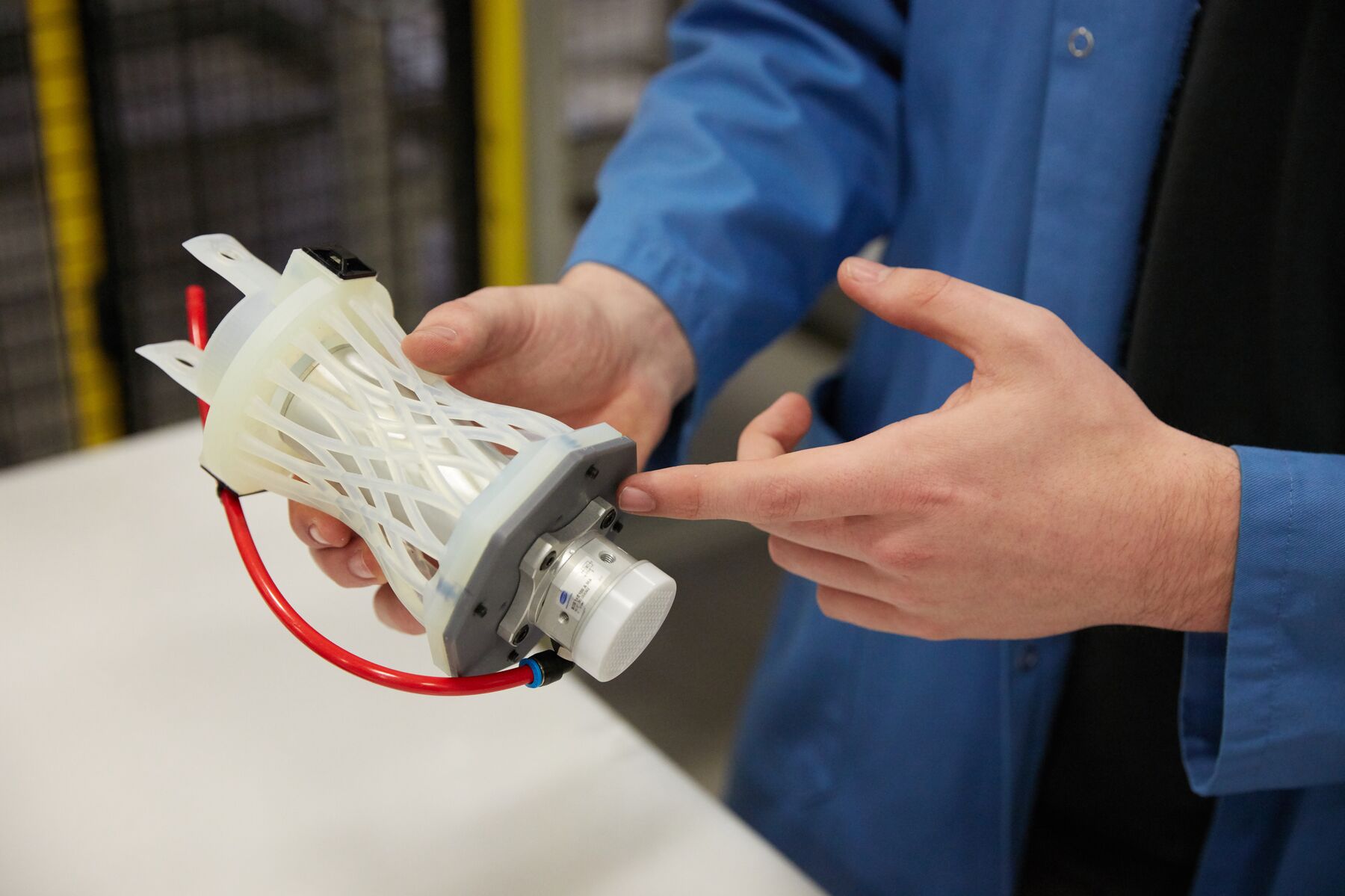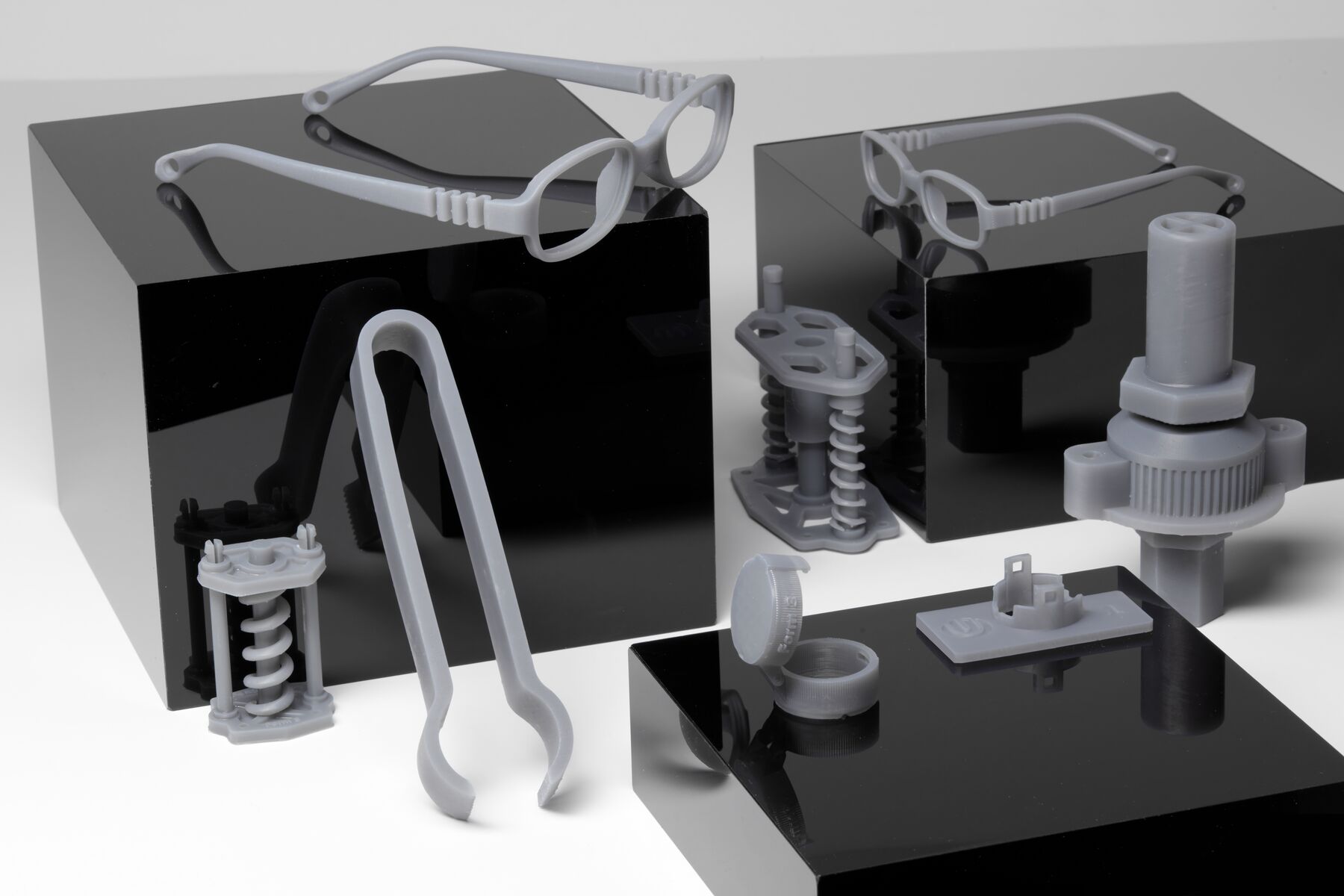Manufacturing 3d printing
Companies across aerospace, automotive, defense, consumer goods, medical, and more are adopting digital manufacturing tools to take steps towards the promise of Industry 4.0. 3D printing is a catalyst for efficiency, giving staff from production engineer to machinist the tools to tighten supply chains, improve production, and get to market faster—saving hundreds of thousands of dollars and weeks to months of time along the way.
Advancements in 3D printing have unlocked a broad spectrum of production applications. Powerful desktop 3D printers and resilient materials open opportunities for producing high precision, functional 3D prints that can stand in for final parts, and stand up to the rigors of the factory floor.
Manufacturing Materials
From accelerating prototyping to cutting the lead time and costs of outsourcing tooling, manufacturing processes are ripe with opportunities to benefit from 3D printing.
1. Pre-Production
3D print parts in-house to accelerate and reduce iteration costs, tighten feedback loops, and validate part design and manufacturability to get ahead of potential supply chain delays.
2. Production Tools
Bring rapid, cost-effective production of jigs, fixtures, and tooling in-house to save days or weeks of lead time, improve operational agility, and dramatically reduce costs versus outsourcing parts to an external vendor to machine from solid billet of plastic or metal.
3. End-Use Parts
From a local foundry to a Fortune 500 company, 3D printed parts are reducing time- and resource-intensive steps in production processes and opening new business opportunities with the flexibility of cost-effective customization.
By outsourcing to traditional machining service providers, we would have had to wait six more weeks before we could start production. With 3D printing, you can simply take the same design, send it to the printer, and then have the finished part ready by the next morning.





